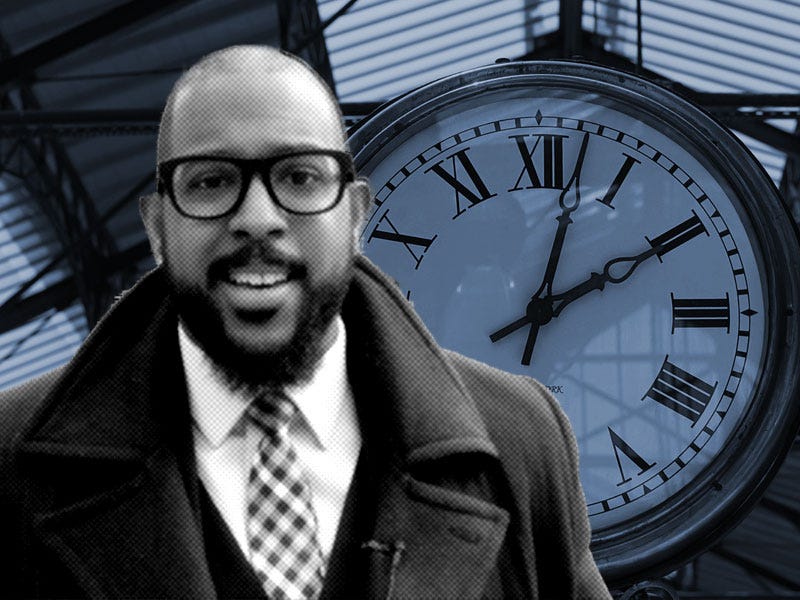Daylight Saving Time is here and if you forget to change your clocks, you can’t blame us for not warning you.
People are so fed up that a casket company wants to bury Daylight Saving time.
So what is DST? When does the time change? Does daylight saving end in 2024?
You’ll find all those answers and more as we begin our venture into spring.
What is daylight saving time saving? Hint: it may not actually be time or money
Here’s what you need to know about Daylight Saving Time in 2024:
Participating states turn clocks forward an hour on the second Sunday in March during the spring. Daylight Saving Time ends on the first Sunday of November in the fall of each year and that’s when states turn clocks back an hour.
In the U.S., clocks will officially spring forward at 2 a.m. Sunday, March 10, 2024.
Daylight Saving Time: How did we get here?
Once again, most Americans will set their clocks forward by one hour this weekend. How we came to move the clock forward in the spring, and then push it back in the fall, is a tale of that spans over more than a century. (March 7) (AP video by Kendria LaFleur)
We lose an hour of sleep when the clocks “spring forward” and are turned ahead at 2 a.m. for one hour when Daylight Saving Time begins.
In the fall when DST ends, clocks “fall back” an hour in November. That is when people gain an hour of sleep.
Daylight saving time commercial: A casket company is trying to save lives. How? Bury Daylight Saving time change permanently
In an interview with Time Magazine, author Michael Downing cited his book, “Spring Forward: The Annual Madness of Daylight Saving Time,“ to explain how Amtrak and the railroads were the main reason clocks change at 2 a.m. for DST.
There were no trains leaving the station at 2 a.m. on Sundays in New York City when Daylight Saving Time was established.
“Sunday morning at 2 a.m. was when they would interrupt the least amount of train travel around the country,” Downing said.

Daylight saving time: Top 3 reasons why ‘springing forward stinks’
An extra hour of sunlight isn’t all it’s cracked up to be.
Stephen J. Beard, Indianapolis Star
Clocks fall back on Sunday, Nov. 3 in 2024.
Why does daylight saving time exist?: Unpacking the century-long beef over DST
Visit timeanddate.com to see the current time in Indianapolis.
Daylight saving time is meant to provide extra sunlight during the spring, summer and fall seasons, but in Indiana, there’s a very complicated past with DST. While Indiana has spent some time without switching clocks, Hoosiers currently turn their clocks forward an hour in the spring and back an hour in the fall.
‘Bury Daylight Savings’ commercial via Titan Casket, Ryan Reynolds’ Maximum Effort
As of July 25, 2022, the U.S. Department of Transportation noted that only Hawaii and parts of Arizona do not participate in daylight saving time. The Navajo Nation is the lone exception in Arizona.
The territories of American Samoa, Guam, Northern Mariana Islands, Puerto Rico and the Virgin Islands also do not participate.
According to the website, states may exempt themselves from observing daylight saving time by state law in accordance with the Uniform Time Act, as amended.
Spring 2024: Do human experts agree with Punxsutawney Phil? Here’s what’s in store for spring
Despite the Sunshine Protection Act being unanimously approved by the U.S. Senate in 2022, there is no permanent end in sight.
The bill was not signed into law by the U.S. House of Representatives, citing other priorities that needed to be addressed before tackling DST, according to The Hill. Thus, the bill has not been signed into law by President Joe Biden.
Rep. Frank Pallone Jr. (D-N.J.) told The Hill in July that efforts to find a consensus for Daylight Saving Time continue to fall flat with an emphasis on geographical issues rather than political party lines.
“The problem is that a lot of people say to me, ‘Oh, we should just have, you know, we shouldn’t switch back and forth, we should just have standard or daylight saving,’ but then they disagree over which one to enact,” Pallone told The Hill.
“And so that’s the problem. We need a consensus that if we’re gonna have one time, what is it? And I haven’t been able to get a consensus on that.”
A 2023 version of the Sunshine Protection Act sat idle in the House of Representatives for the entire year.
Chris Sims is a digital content producer for Midwest Connect Gannett. Follow him on Twitter: @ChrisFSims.

